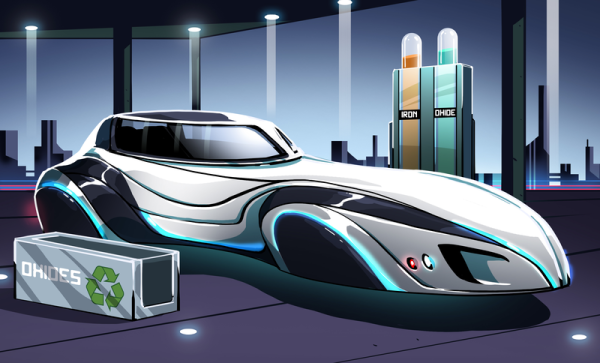High volume commodity products are a foundation of hacking, we’ve built many projects around popular form factors like NEMA 17 stepper motors, 608 bearings, and 280 DC motors. Their high volume led to lower cost, which further increased popularity, and the cycle repeats. A similar thing happened to a style of single-cylinder diesel engine in China, and [Jalopnik] takes us through an exploration of these “Tuo La Ji” (tractor) machines.
Like many popular standards, circumstances elevated this style of engine to become more popular than its peers. Judging from the pictures, the idea is similar to NEMA 17 in that the core essence is a bolt pattern and an output shaft. Different manufacturers offer various capabilities within this space, and a wild assortment of machinery evolved to take advantage of this class of power source.
It starts with a set of wheels and handlebars to create a walk-behind farm tractor, something pretty common around the world. But this particular ecosystem grew far beyond that to many other applications, including full sized trucks with off-road capability that would embarrass most of the genteel SUVs cruising our roads today. They may not be fast, but they only needed to be faster and have longer endurance than beasts of burden to be effective as “a horseless horse”.
Due to factors such as poor crash safety, absence of diesel emission controls, and affordability of more powerful (and faster!) vehicles, these machines are a dying breed. But that won’t change the fact there was a fantastic amount of mechanical hacking ingenuity that had sprung up around this versatile engine building simple and effective machines. Their creativity drew from the same well that fed into these Indonesian Vespas.
Photo by [Brian Holsclaw] CC BY-ND 2.0



















